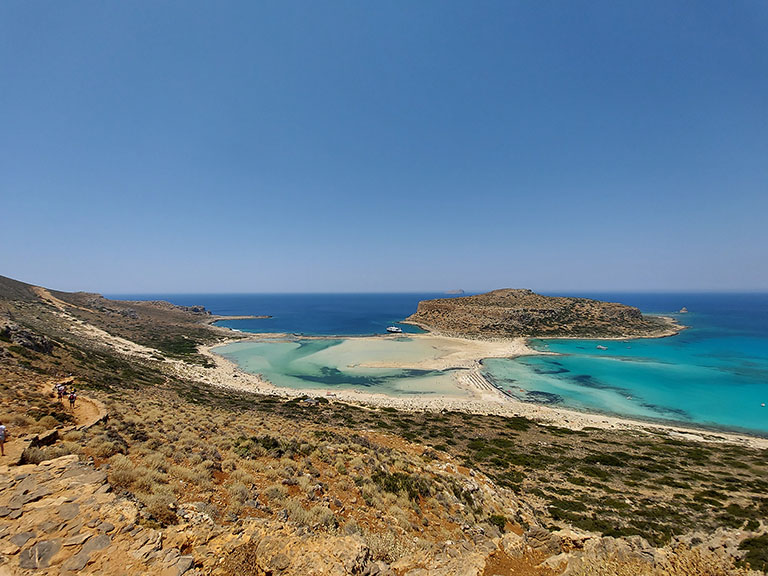
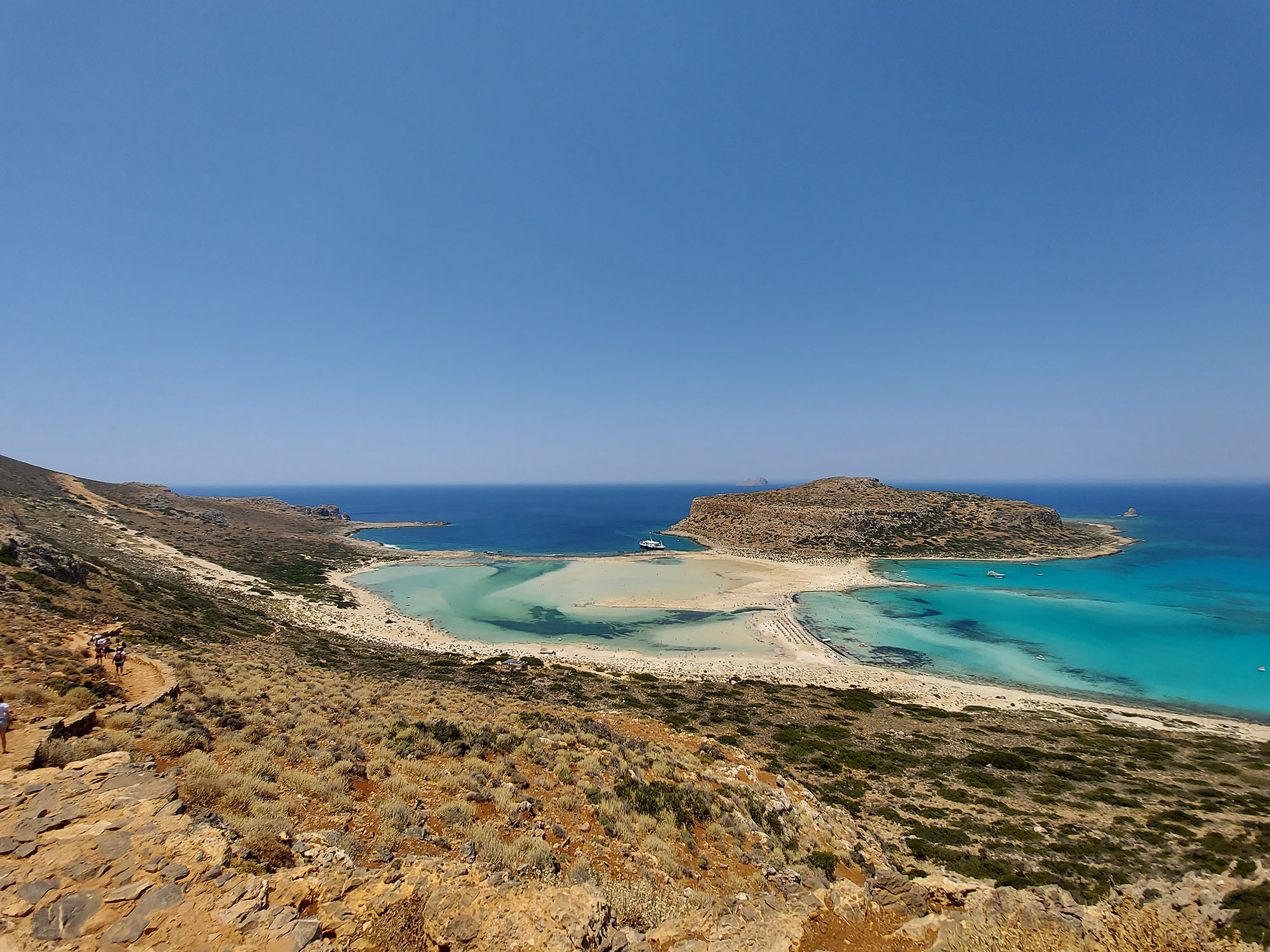
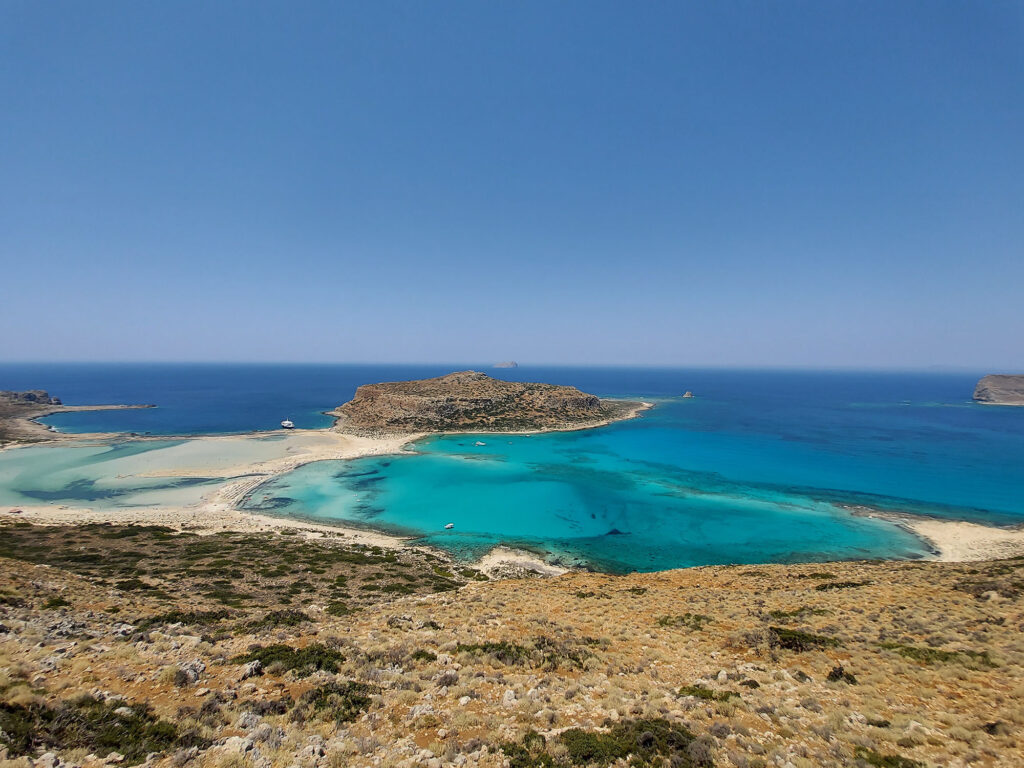
One of the most stunning beaches in all of Greece can be found in the far northwestern region of Crete – the enchanting Balos lagoon. This breathtaking destination is a must-visit for anyone seeking natural beauty and serene landscapes. Be sure to include this gem in your travel plans when exploring Crete!
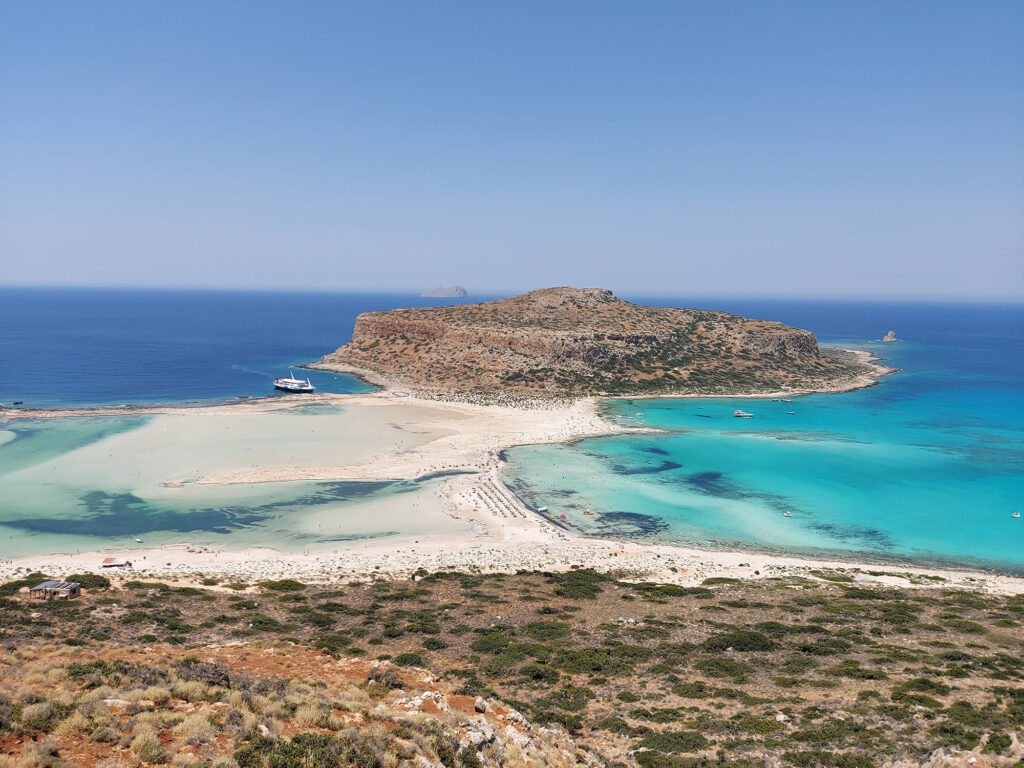
A lagoon forms when a sandbar entirely seals off a bay due to wave activity, isolating the waters from the open sea. Scientists theorize that the lagoon at Balos was formed by a tsunami. Historically, Crete and the entire Eastern Mediterranean have frequently experienced significant earthquakes that triggered tsunamis. At Balos, the tsunami deposited extensive layers of white sand and larger stones. The wave action to the right of the lagoon created a shoal, which eventually closed off the lagoon, separating it from the open sea.
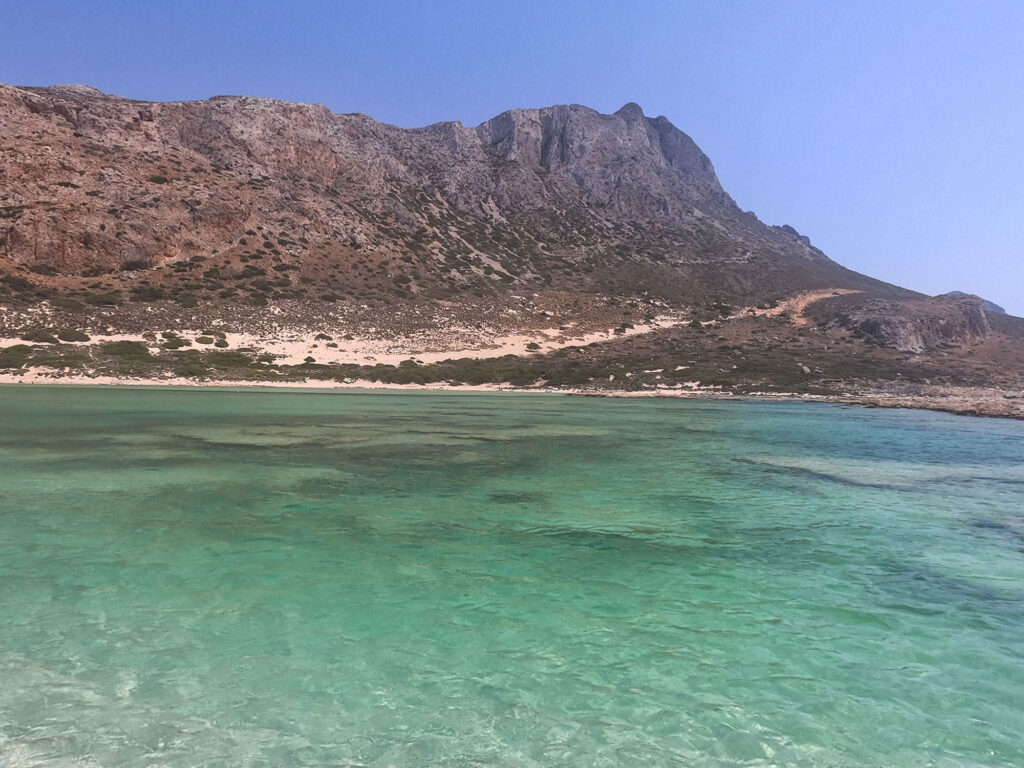
The lagoon’s water tends to be warmer, which can lead to it becoming a swamp with reduced salinity. However, during high tide, seawater flows into the lagoon, refreshing it.

A several-kilometer-long gravel road traverses the mountains, leading to Balos.

Opposite Balos lies the island of Gramvusa, where the Venetians constructed a fortress. Along with Spinalonga and Sud, it continued to be governed by the Venetians even after Crete fell under Turkish control.

Balos is renowned for its breathtakingly pristine white sand and strikingly vibrant turquoise waters.
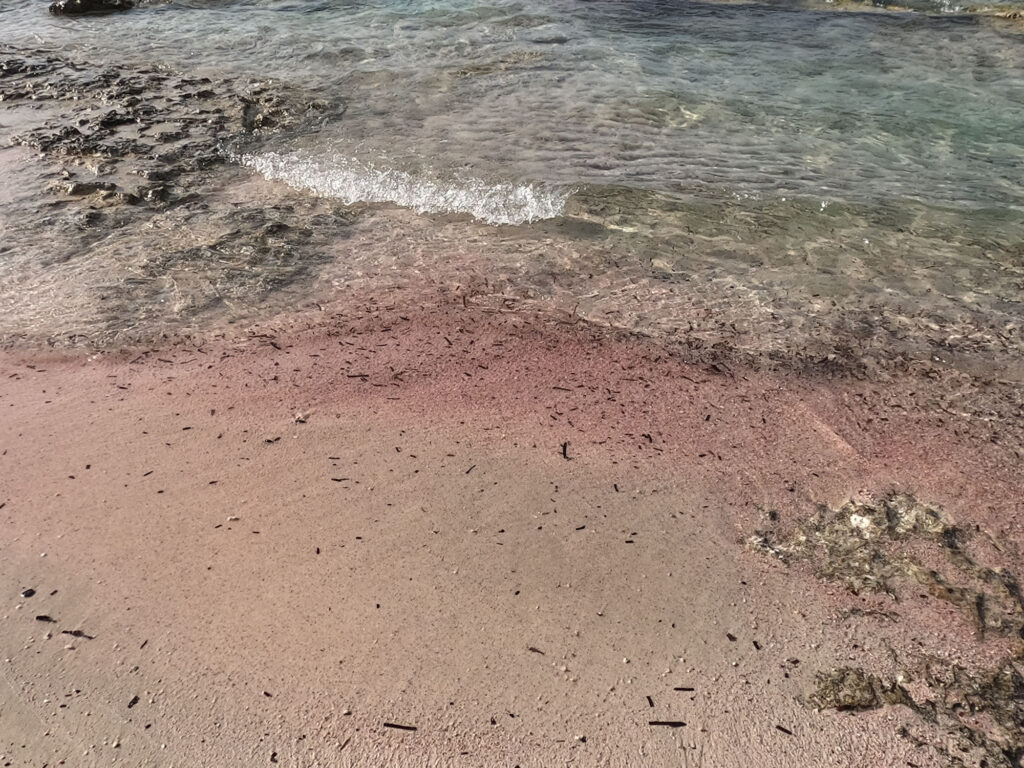
In certain areas, the sand takes on a pink hue due to millions of shells that have been pulverized into grains by the waves. These shells were also deposited by an ancient tsunami.

Diplodus vulgaris, commonly known as the common two-banded seabream, is a resident of the waters surrounding Balos beach. It can be identified by its two black rings. Additionally visible is the head’s bluish hue.

Sea sponges are rudimentary organisms. They are unable to move and lack internal organs. As a result, sponges may renew quite well. For instance, they can be rebuilt and arranged into a new whole if they are cut into parts. Through microscopic pores on the body wall, the sponge absorbs nutrient-rich water, which it then exhales through a huge hole. Sponge feeding is done this way.
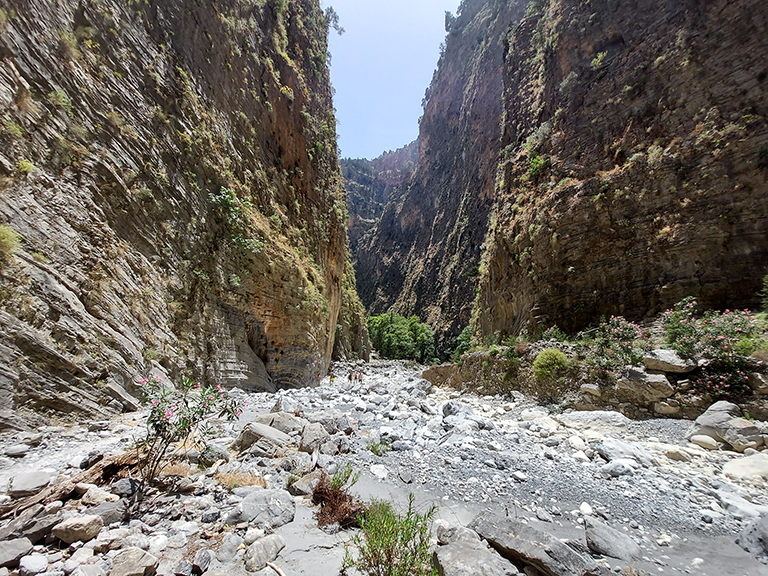
The Samaria Canyon in Crete is a remarkable natural formation characterized by steep descents, unique rock formations, and diver
Read More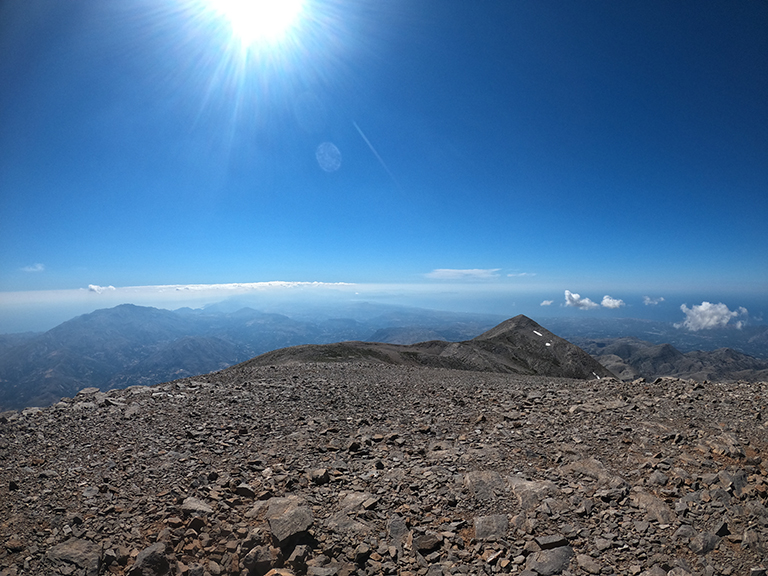
Mount Ida, the highest peak in Crete at 2,456 meters, holds significant mythological importance as the birthplace of Zeus, who w
Read More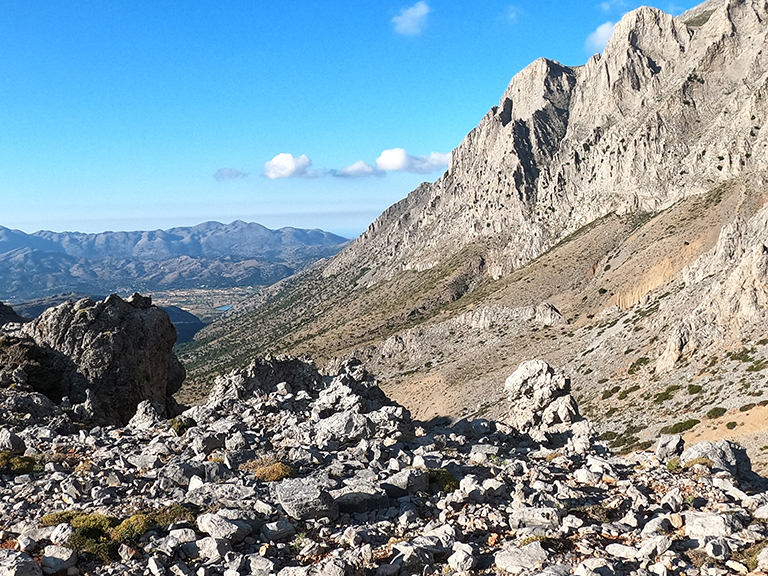
Mount Dikti, a lesser-visited mountain in eastern Crete, offers a unique hiking experience with its limestone composition and mo
Read More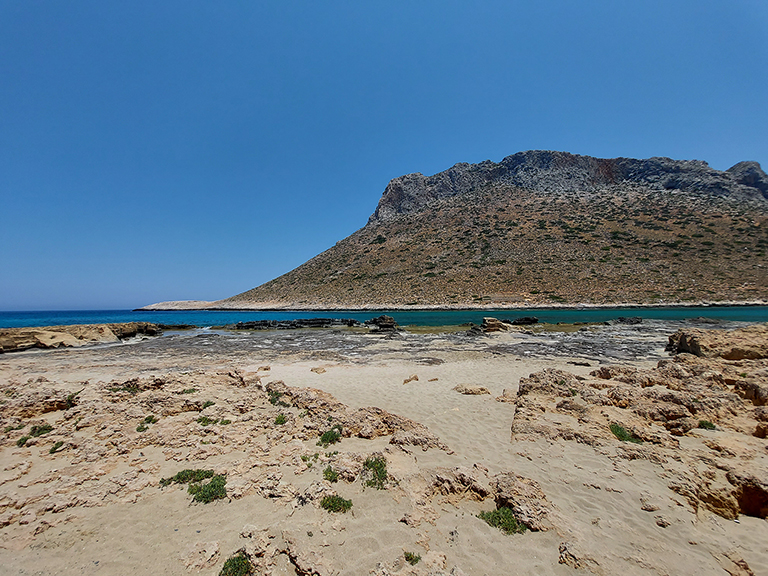
Stavros town, located near Chania town, is famous for its Zorba the Greek beach, which gained popularity after the 1964 movie &#
Read More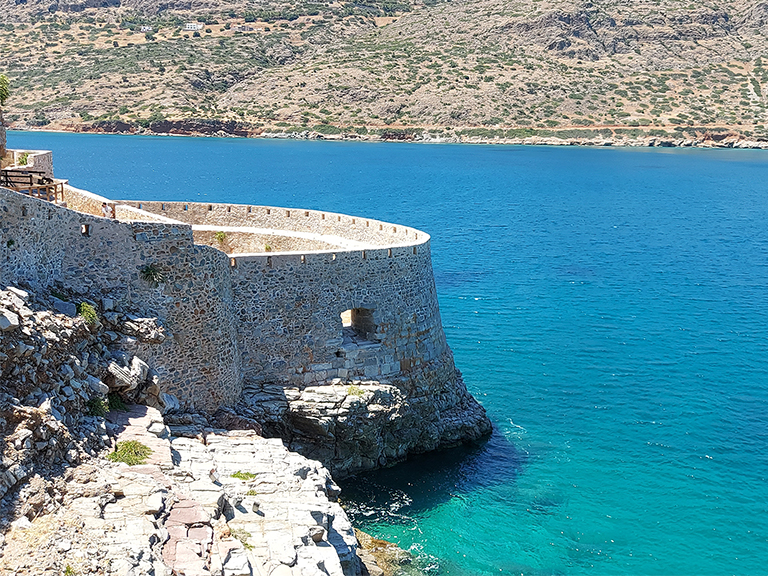
Spinalonga is a Venetian fortress built in the 16th century on a small island in the Gulf of Elounda, Crete. The fortress was bu
Read More